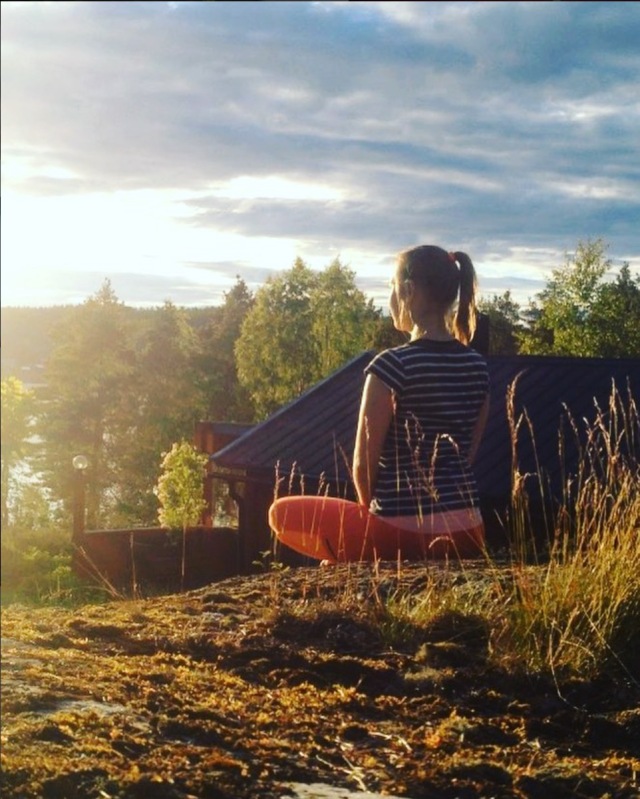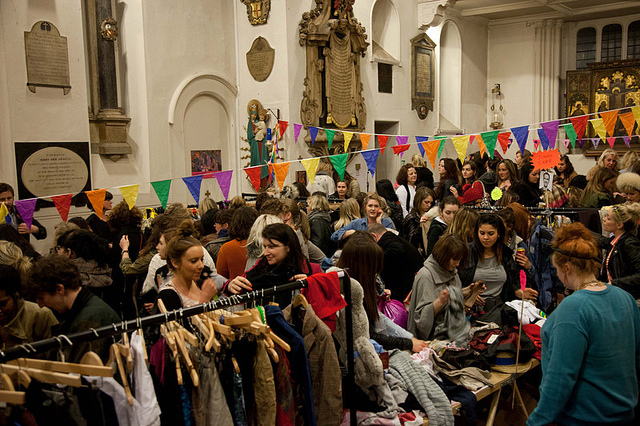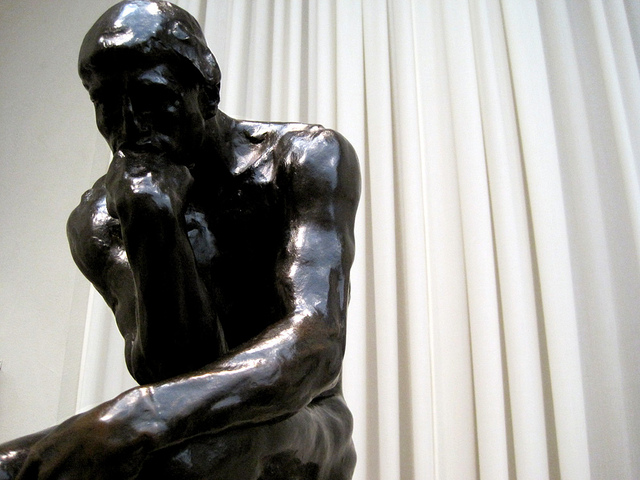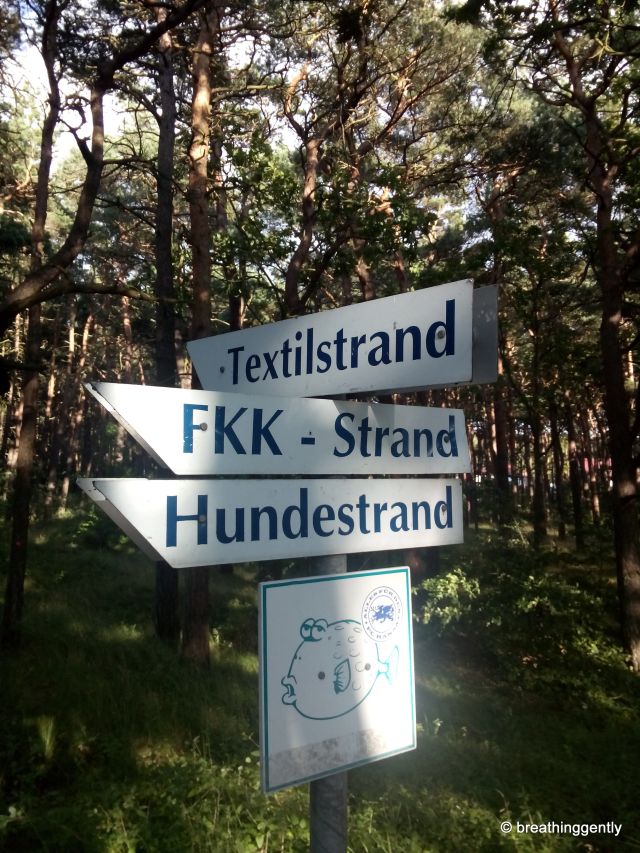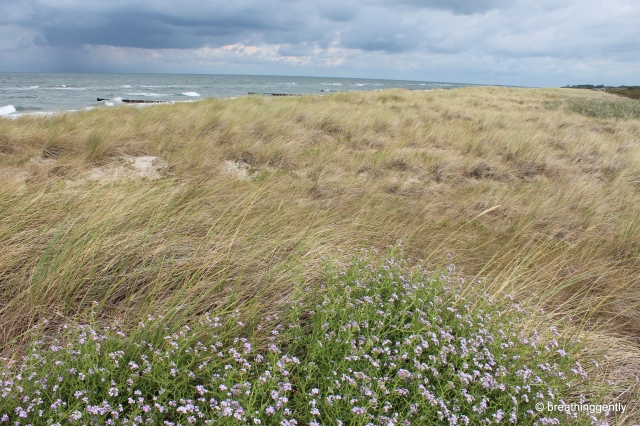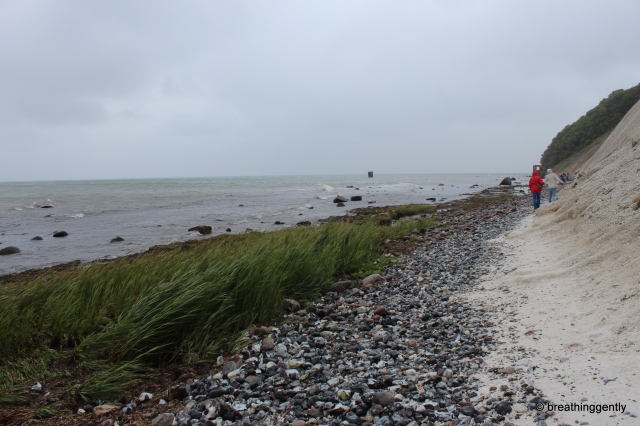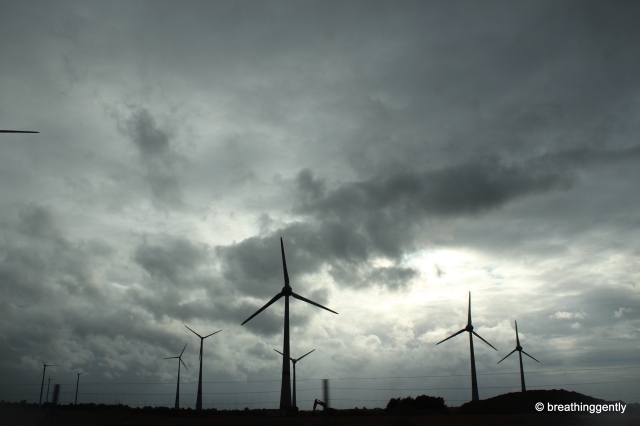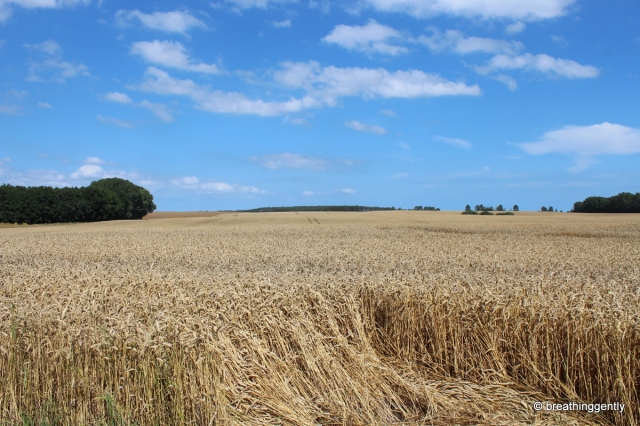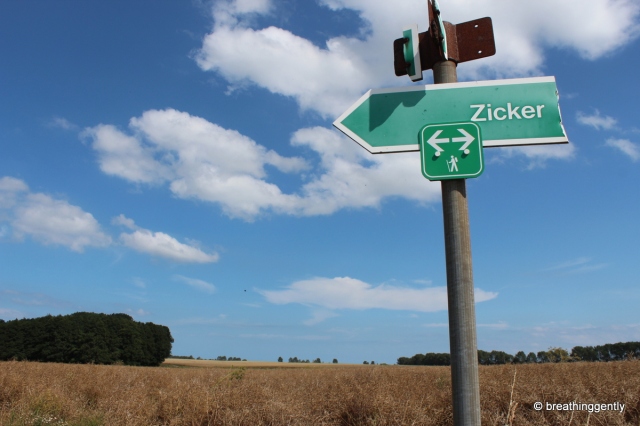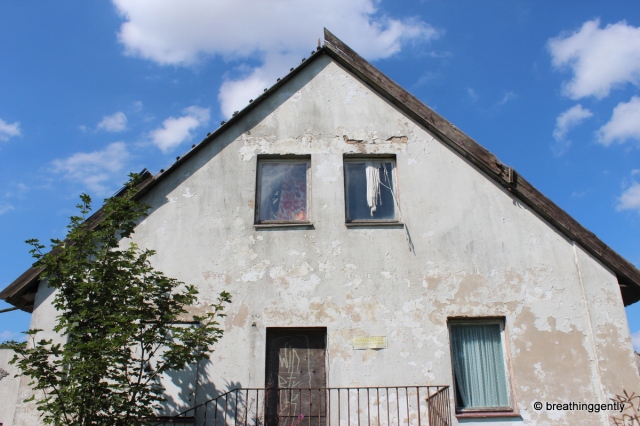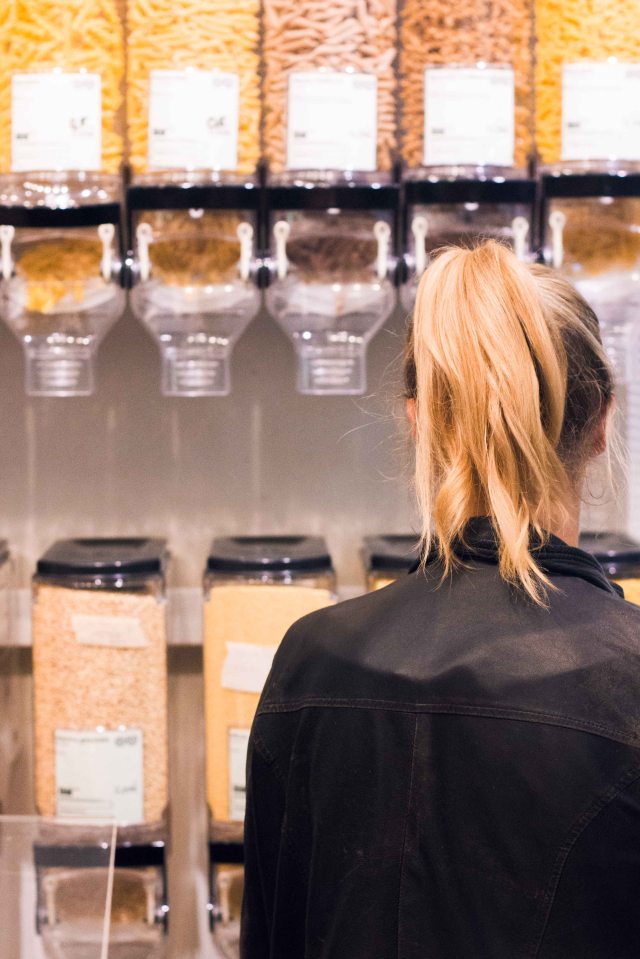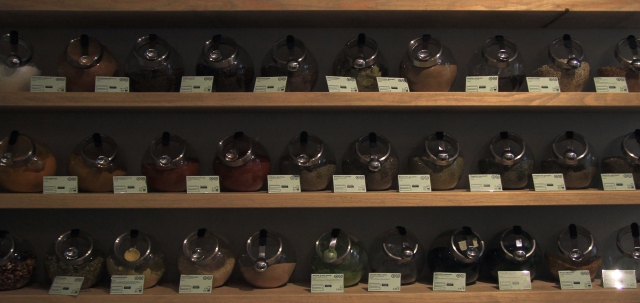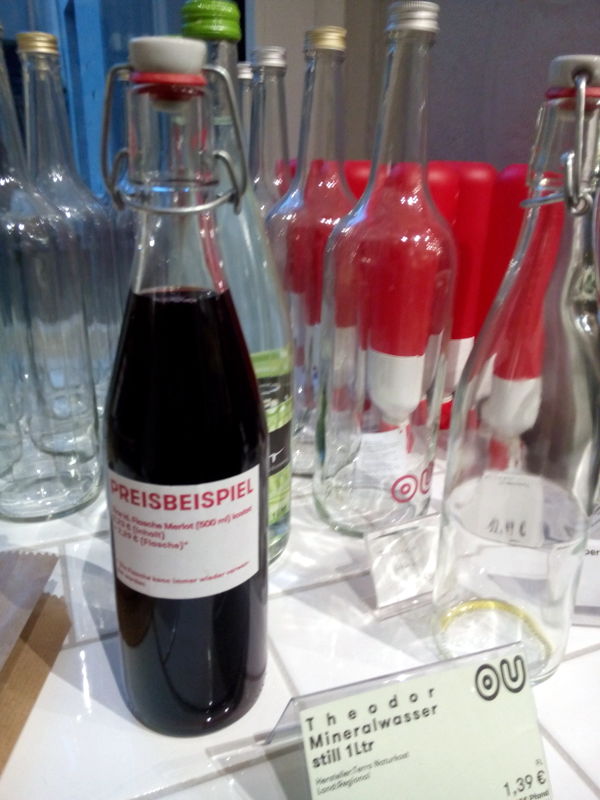You guys!
This year I opened my very first art exhibition. It was a given to be centered around the subject of sustainability and the beauty of the living world. The name of the exhibit came from one of the poems in the artworks: “See seeds grow”.
The beautiful gallery that kindly offered to host the exhibition is way out on the Swedish country side – which also happens to be right where I like it (as not all art, innovation and development should take place in the cities). I want to be a part of the ruralization movement and make sure all places on Earth are equally valued again.
That is why I am so excited to show my work at this “rural collective” co-working space for a coupple of weeks this summer. Welcome to Glesbygdskollektivet!
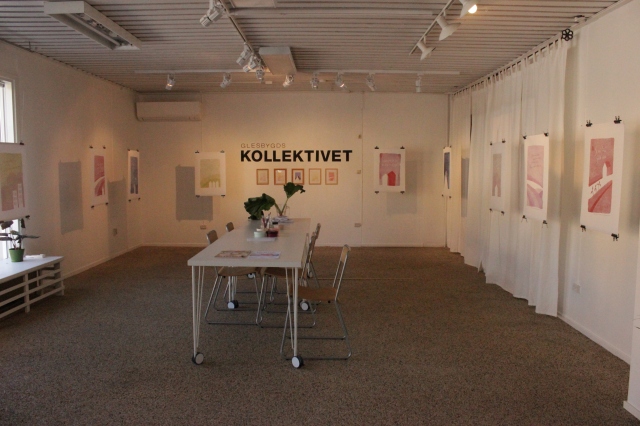
I wanted to share with you the most important aspects of this exhibit because there is more to it than what the eye can see:
1. Eatable paint
This show is ALL about painting colours and how we can start rethinking about our working tools as artists, but also really of all trades. Where do we put ourselves at risk and what changes can we make to surround ourselfes with more non toxic, healthy, sustainable supplies?
2. Slower pace project
Another super important part of this project has been for me to keep the work slow and meaningful. Not to get caught up in the whirlwind of todays society with high speed and high goals. “Just enough” has been my motto and a pace in which I have time to think and reflect all the way through the process. I think that someones working pace can be different for different people. For me it is a little bit slower than what is considered “normal” for most people I think. It has been such a lovely time to explore what happens when a human gets to work and produce new thoughts and experiment at a slower than normal pace, without thinking about money or a perfect outcome.
3. Community supported
From the start I knew that I wanted to fund this exhibition with the help of my Swedish community. In the beginning of the project (early spring) I thought making it happen was all about the money. At the same time I was a bit shy to ask for funding without really knowing what the end result of the exhibition would become. I didn’t want to promise too much.
So instead I asked people to help me out with small favors and things as the project went along: “who can help me find sustainable artist paper to paint on? Who can help me with transportation today? Who has some left-over picture frames laying around?” What this method resulted in was many, many small efforts from people around me that all in all has helped me to put together an entire exhibition almost entirerly without any money involved at all!





















































